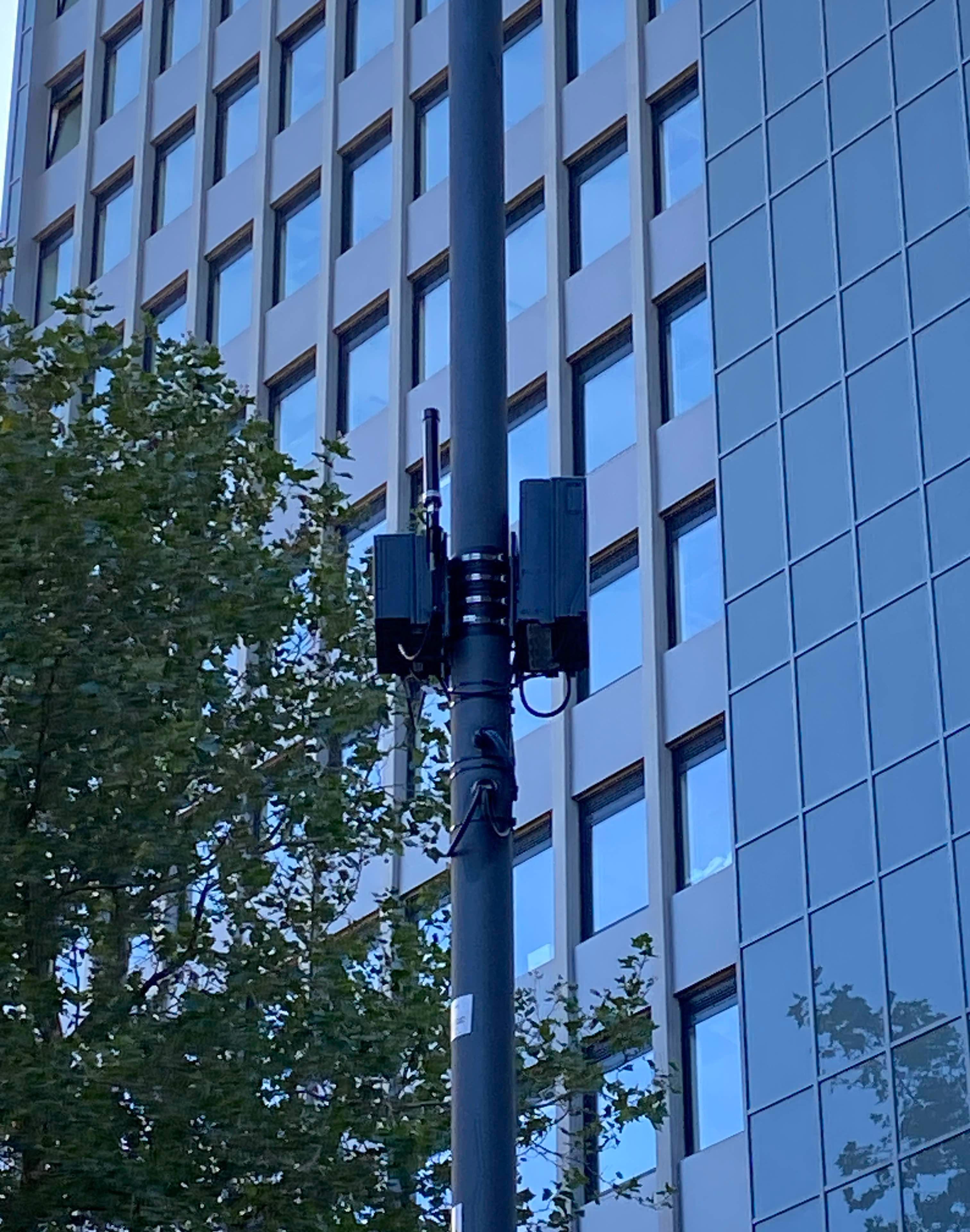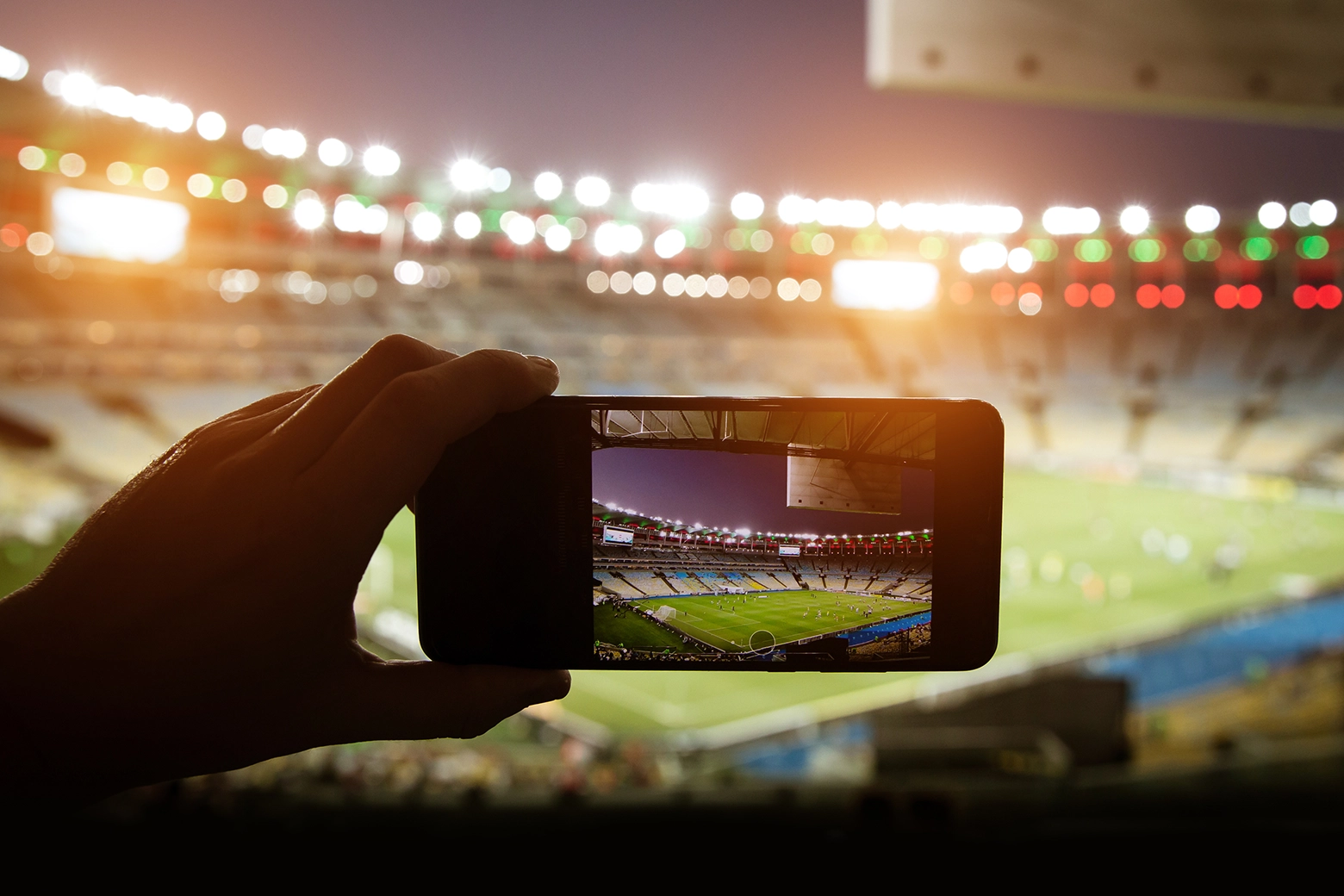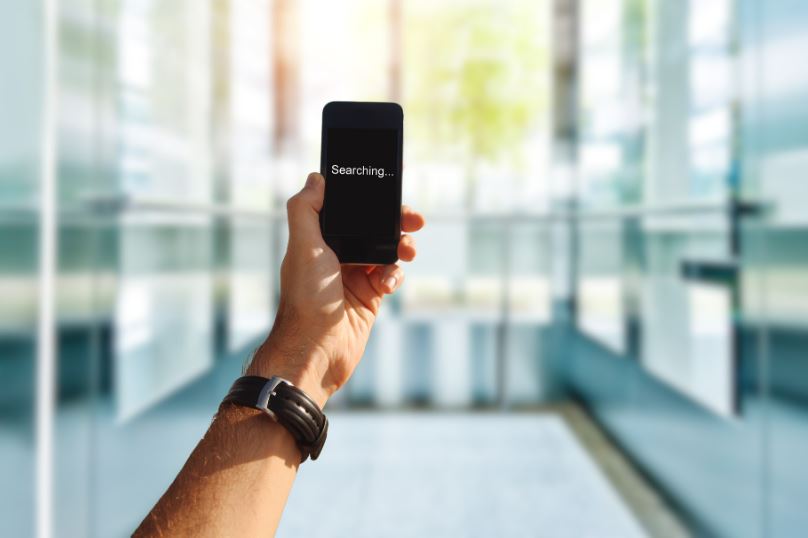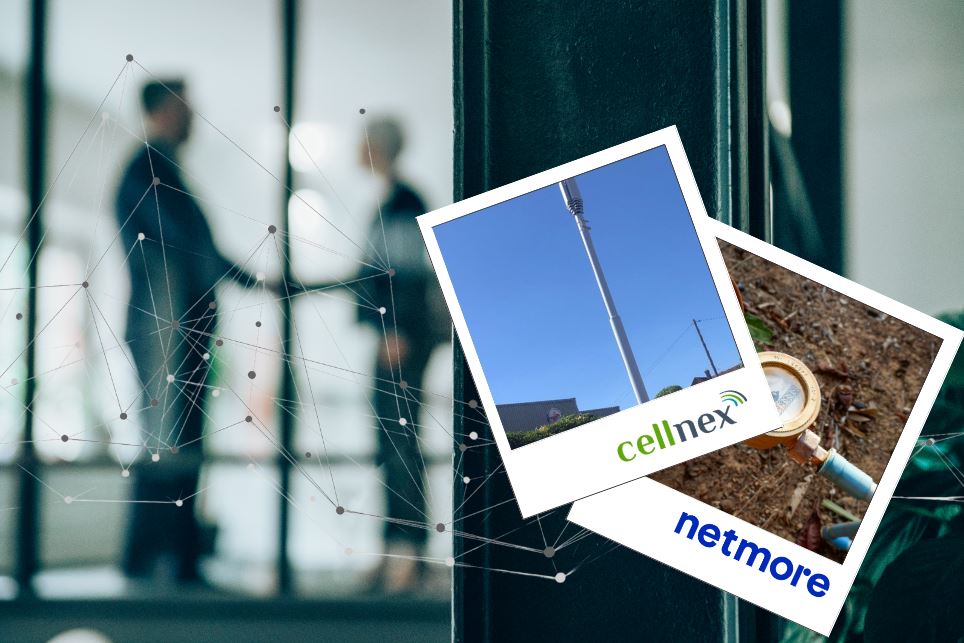Mediacentre

- 22 Feb 2016
- ·
- Technology
Cellnex Telecom presents solutions for mobile and broadband connectivity
Cellnex Telecom presents solutions for mobile and broadband connectivity
- The company has a network of over 15,000 sites in Spain and Italy, in which it offers co-location, management and maintenance services to mobile operators
- Cellnex Telecom will present its mobile broadband solutions and those developed through its IoT network
- One of the world’s first demonstrations of 4K High Dynamic Range DTT will be held at the Cellnex Telecom stand
- The operator will provide the technical resources to broadcast the MWC Live TV channel, which broadcasts a dedicated programme covering the event each year
Barcelona, 19 February 2016. – Cellnex Telecom is taking part in a new edition of the Mobile World Congress (MWC) to be held from 22 to 25 February in Barcelona. On this occasion, the leading European operator of wireless communications infrastructure will present various technological solutions related to connection through mobile devices, the latest developments in DTT and the various applications offered by Internet of Things (IoT) connectivity at its stand (Hall Congress Square CS82).
This year’s event provides Cellnex Telecom the opportunity to showcase its leadership in the area of telecommunications infrastructures. The company currently has more than 15,000 sites (7,500 in Spain and 7,600 in Italy), where it provides hosting in many different technologies for various customers: operators, broadcasters, corporations and governments. In addition, Cellnex Telecom’s portfolio covers all types of centres: towers in rural areas, masts in urban centres, projects for coverage of motorways and DAS (Distributed Antenna Systems) in tunnels, urban fixture elements for densifying coverage, etc.
As a neutral infrastructure operator, Cellnex Telecom plays an important role in dynamising the development of next-generation networks, and is currently working hand in hand with mobile operators to roll out 4G technology.
Furthermore, the company offers space for rent in its towers and masts, with a full range of services related to infrastructure management: optimising networks by engineering and planning sites to avoid coverage overlap, backbone transmission networks (radio/optical fibre) to connect those sites, agreements for marketing available space in sites owned by third parties, seeking and building new centres on a “Build to suit” basis, etc.
In Italy the company operates through Galata and TowerCo, which together represent one of the densest capillary networks covering the whole of Italy, through more than 7,000 sites. In Spain and Italy, Cellnex Telecom works according to the multi-operator and multi-service concept that is key for developing wireless networks and services, by optimising investments and enabling the rationalisation and more efficient use of installed capacity and networks in operational and environmental terms.
In this sector, the company aims to grow in the European market, which is why it is constantly analysing potential opportunities to buy and operate new sites.
Roll-out of the first 4G Small Cell network in Barcelona
Cellnex Telecom, in conjunction with Orange and with the support of Barcelona City Council, are deploying a network of 4G Small Cells connected with fibre optics and supported in urban fixtures in the city. This is a pioneering project in Europe, whose aim is to improve mobile phone service experience for mobile phone use, even when there is a high concentration of users.
The project has been unveiled just days before the start of the Mobile World Congress, the key world event for mobility technologies, and will provide coverage around Plaça de Catalunya with small cells installed on lamp posts. These could be rolled out subsequently to other areas of interest.
This first roll-out of 4G Small Cells in Barcelona will also make it possible to identify the best urban fixtures on which to install small-scale base stations while seeking to achieve rational and orderly use of urban infrastructure so that rolling out devices to densify mobile networks can be planned in future in an orderly manner, with the least possible impact on the urban environment.
4K High Dynamic Range DTT reception
Over the four days of the Mobile World Congress, the Cellnex Telecom stand will be equipped with a TV screen receiving a 4K Ultra High-Definition HDR (High Dynamic Range) DTT signal. This demonstration, one of the first in the world, will be broadcast from the Torre Collserola broadcast centre to the entire city of Barcelona and the surrounding area. This will be made possible through cooperation between RTVE, Dolby and Cellnex Telecom.
To perform this demonstration, Cellnex Telecom has set up a transmitter using DVB-T2, the second-generation Digital Terrestrial Video Broadcasting standard, in the Collserola broadcasting centre. The DVB-T2 modulation used can transmit up to 34 Mbps, a bit rate that is sufficient to broadcast content produced by RTVE in UHD-4K with High Dynamic Range (HDR), Wide Color Gamut (WCG) and Dolby AC-4.
The Dolby Vision HDR technology used in this demonstration makes it possible to enjoy very high-quality 4K content on brighter screens, achieving high image quality in dark areas of the image as well as in lighter ones.
Also within the audiovisual environment, the company will release its latest developments in Hybrid DTT (HbbTV), which allow viewers to return to the beginning of the programme they were watching at any time, plus its solution for multiscreen OTT Platforms.
Internet of Things applications
Cellnex Telecom operates one of the world’s largest Internet of Things networks, based on Sigfox technology. The network currently has objects connected to security systems, water meters, rubbish bin occupancy sensors, fire alarms, etc.
The characteristic of this network, which provides coverage all over Spain, is that it can be rolled out quickly thanks to existing coverage by nearly 1,500 base stations that are already set up. These points enjoy a territorial coverage that is significantly higher than that of other countries which have implemented this type of network.
This network has allowed the development of new products such as new generation “VeriSure” household alarms developed by Securitas Direct. At present, there are over 500,000 objects connected within the IoT, and this number is expected to increase.
A great many applications can now be developed using this network and are already emerging in sectors such as healthcare, waste and water management, smart infrastructures, remote control, etc. It is estimated that by 2020 there will be more than 28,000 million objects connected to each other worldwide.
Furthermore, the IoT applications that the company will unveil at the Mobile World Congress include so-called connected infrastructures: manhole covers with sensors to prevent and control incidents or vandalism; GPS tracking to locate devices, and metering for water, electricity, etc.
Cellnex Telecom
Cellnex Telecom is one of Europe’s main independent operators of wireless telecommunications broadcasting infrastructures.
It offers sites to rent for telecommunications operators and provides the most advanced audiovisual services to national, regional and local broadcasters.
Over the past four years, Cellnex Telecom has made a firm commitment to developing a network of over 15,000 sites and has enjoyed strong growth in the mobile phone towers area through agreements with operators like Telefónica and Yoigo in Spain, the purchase of the Italian company TowerCo in 2014, and the recent acquisition of 7,400 towers in Italy following the agreement with WIND to gain control of Galata.
It also develops solutions in the “smart city” projects field and has rolled out a smart communications network enabling connection of objects and developing a strong ecosystem for the Internet of Things (IoT) in Spain.
Cellnex Telecom also plays a key role in rolling out telecommunications networks for security and emergency forces.




























